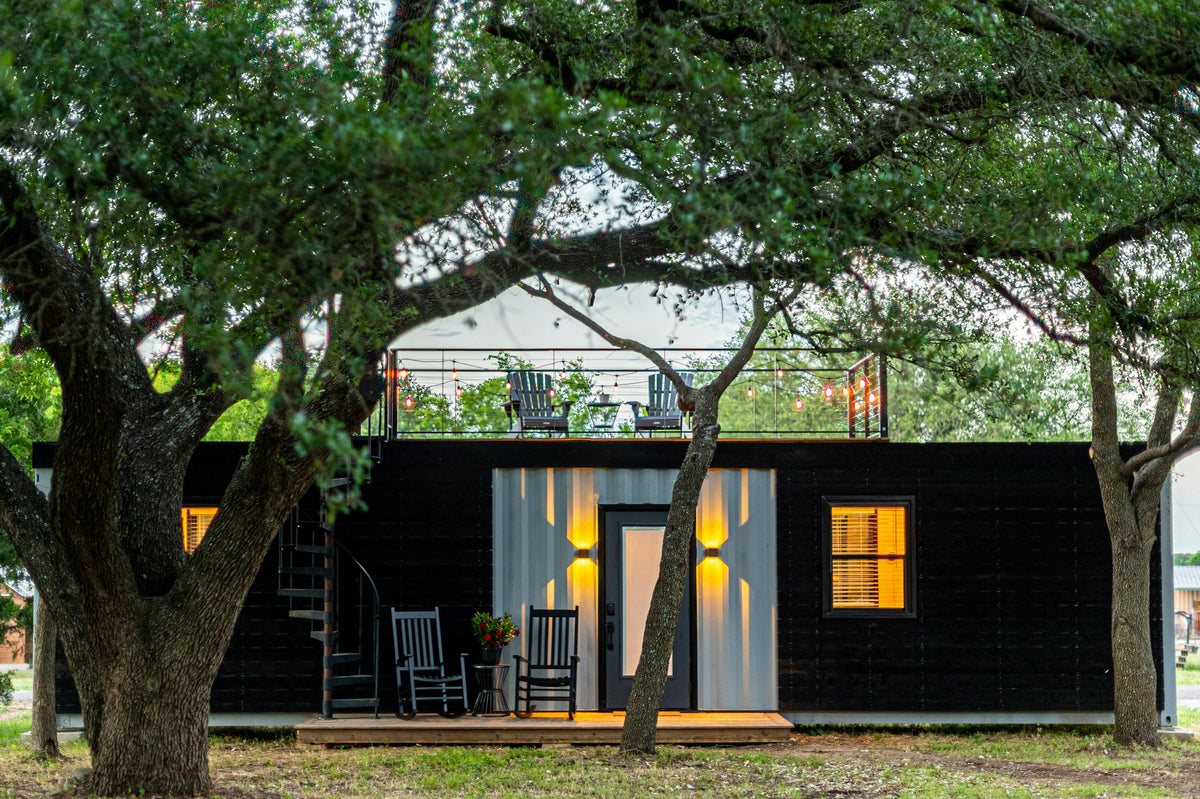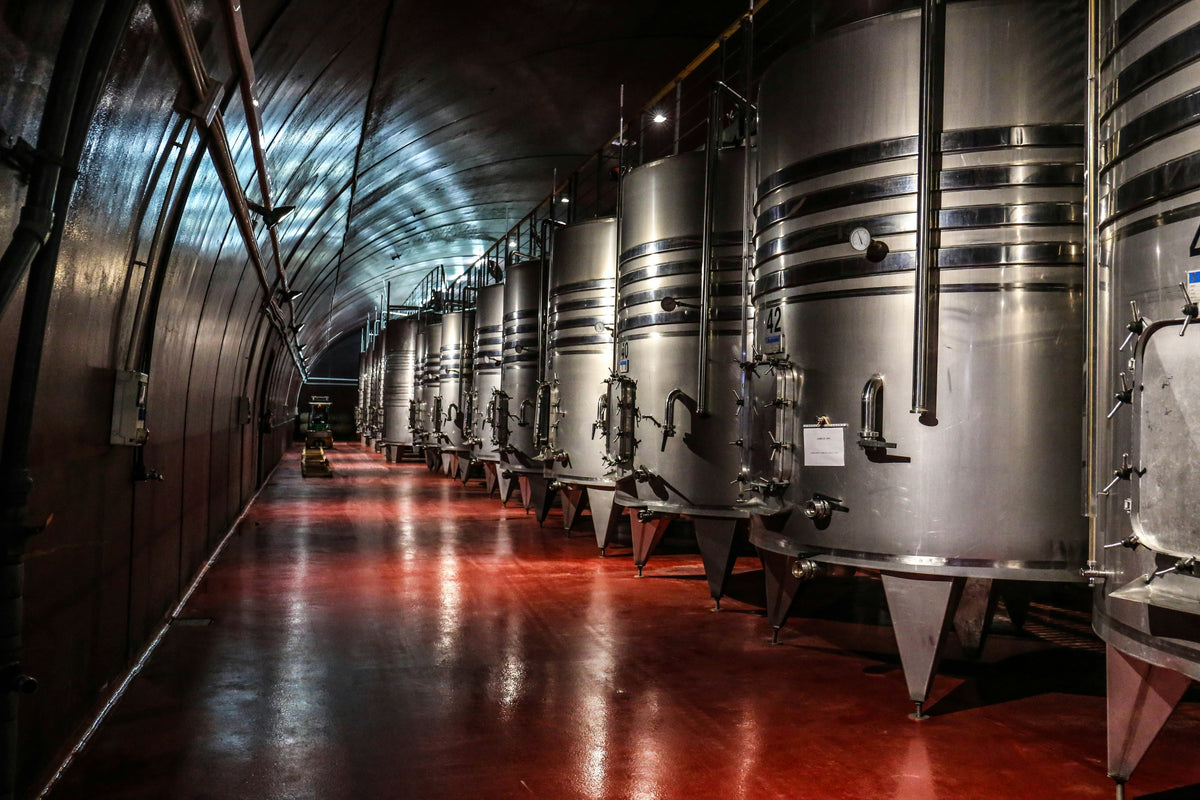Antarctica, Earth’s most remote wilderness, offers travellers more than icebergs and penguins - it delivers powerful lessons in resilience, patience, and perspective. Facing freezing winds and unpredictable conditions builds mental toughness, while constant changes teach flexibility and the ability to embrace uncertainty. The slow rhythm of the continent encourages mindfulness, helping visitors appreciate stillness and detail in daily life. Standing amidst endless ice shifts priorities, reminding us what truly matters beyond deadlines and bills. Overcoming the physical and emotional challenges of this extreme destination boosts confidence that lasts long after the journey ends. An Antarctic adventure is not only an unforgettable experience but also a natural training ground for sustainable living and inner growth.
Share your articles with us and get published! Reach out at hello@friendlyturtle.com.
Living Large in a Tiny House: How to Be Comfortable and Sustainable

Tiny houses have become increasingly popular over the past few decades. The modern tiny house emerged as a response to individuals’ growing desire to reduce their carbon footprint through their lifestyle.
However, cutting down on your carbon emissions does not mean sacrificing your and your family’s comfort. In this article, you can learn more about how to make the most of your tiny house in ways that benefit both you and the planet.
Embrace simplicity
Tiny houses are all about minimalism and simple living. Simply because you do not have the space to store them, you will notice that you will have fewer objects lying around your home. This also means that you inevitably become mindful of consumerism in order to keep your space neat and tidy.
With minimalism and simplicity at the core of the tiny house lifestyle, you can have a greater appreciation for the things that enrich your life and living space, while reducing your carbon footprint.
Make the most of natural light
Tiny houses tend to have large portions of their facade made of glass. This means that you can enjoy natural light at its fullest. As a result, you will be needing less artificial lighting throughout the day, which lowers your energy consumption by quite a bit. In addition, natural light can make your living space feel warm and inviting and create the illusion that the inside of your tiny house is larger than it actually is.
Install solar panels on your roof
For those moments when natural light is not available or limited, such as at night or during the darker parts of the year, solar panels and solar batteries might be an option to consider. Not only do they allow you to reduce your carbon footprint, but they contribute to the overall comfort of your household by not limiting your energy consumption.
Opt for renewable energy sources when possible
Depending on where your tiny house is situated, you might also be able to make use of other sustainable energy sources, in addition to solar panels. If the space surrounding your tiny house permits it, you might be able to install a ground source heat pump to make the most of geothermal energy. An air source heat pump could also be a great option if you have the budget and the space for such installations.
Prioritise energy efficiency
By making sure that your energy solutions are efficient, you ensure that you are wasting as little fuel as possible to keep them running. This is especially important when it comes to your home heating system. Because they take up little space and can easily fit in a tiny house, you will want to opt for one of the best combi boiler models on the market. These are highly efficient appliances that will keep your home warm with a reduced impact on the planet.
Conserve water
Water usage is an integral part of life in our homes. However, there are several ways you can be mindful of your consumption in your tiny house. With water-saving fixtures such as low-flow showerheads and faucet aerators, you can ensure the optimal functioning of your appliances, while also reducing your environmental impact.
Be mindful of your food consumption
It goes without saying that our eating habits and preferences have a direct impact on the planet. Reducing our animal product intake and eating locally are but two of the great ways in which we can adjust our food consumption to be more sustainable. When living in a tiny house, you might even have the possibility of growing your own food, if the space outside your house permits it.
Not only does this reduce your reliance on grocery shopping and improve the overall look of the outside of your tiny house, but it also allows you to connect with nature.
Conclusion
Tiny houses are inherently sustainable, as they were created with the purpose of lowering individuals’ impact on the environment. With a little careful planning, you can make the most of your tiny space to make a large contribution to the planet. Hopefully you now have a better understanding of the fact that living sustainably in a tiny house is not only great for the planet, but also for your own peace and comfort.
0 comments
Let customers speak for us
Blog posts
Mindful gift giving is about more than price tags or surprises – it’s about creating genuine connections. Research shows recipients value thoughtful, practical gifts they can use, rather than extravagant gestures. The psychology of gifting reveals that giving activates our brain’s reward pathways, strengthening bonds through reciprocity and care. By focusing on three key principles – making the recipient feel seen, offering something they wouldn’t buy for themselves, and introducing them to something new – your gifts become more meaningful and memorable. Personalisation through shared memories, careful listening, and ethical, sustainable choices adds even more impact. Avoiding common mistakes, such as panic buying or choosing based on your own taste, ensures your gifts bring lasting joy. When approached mindfully, every present reflects care for both people and the planet.
Eco flooring may not be the first thing you think of when it comes to greener breweries, but it plays a major role in reducing waste and emissions. Unlike traditional flooring, sustainable options such as recycled aggregates, bamboo, or bio-based resins use less energy in production and installation while improving indoor air quality. They last longer, need fewer repairs, and boost energy efficiency with natural thermal insulation, keeping breweries warmer in winter and cooler in summer. Slip-resistant surfaces also make workplaces safer, reducing accidents and unnecessary product waste. Many eco flooring designs cut water waste by resisting cracks and bacteria growth, making cleaning easier with fewer harsh chemicals. By choosing eco flooring, breweries not only lower their environmental impact but also set a powerful example for employees, customers, and the wider community.



